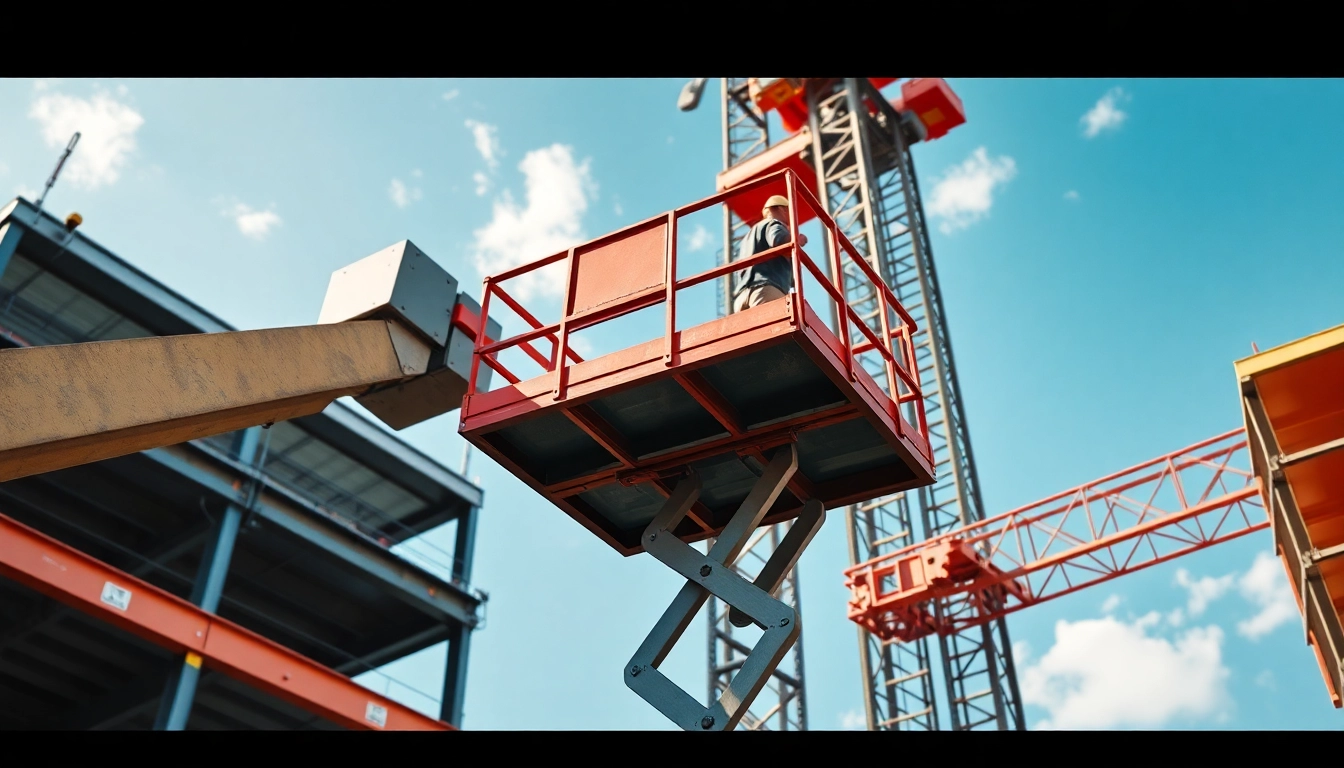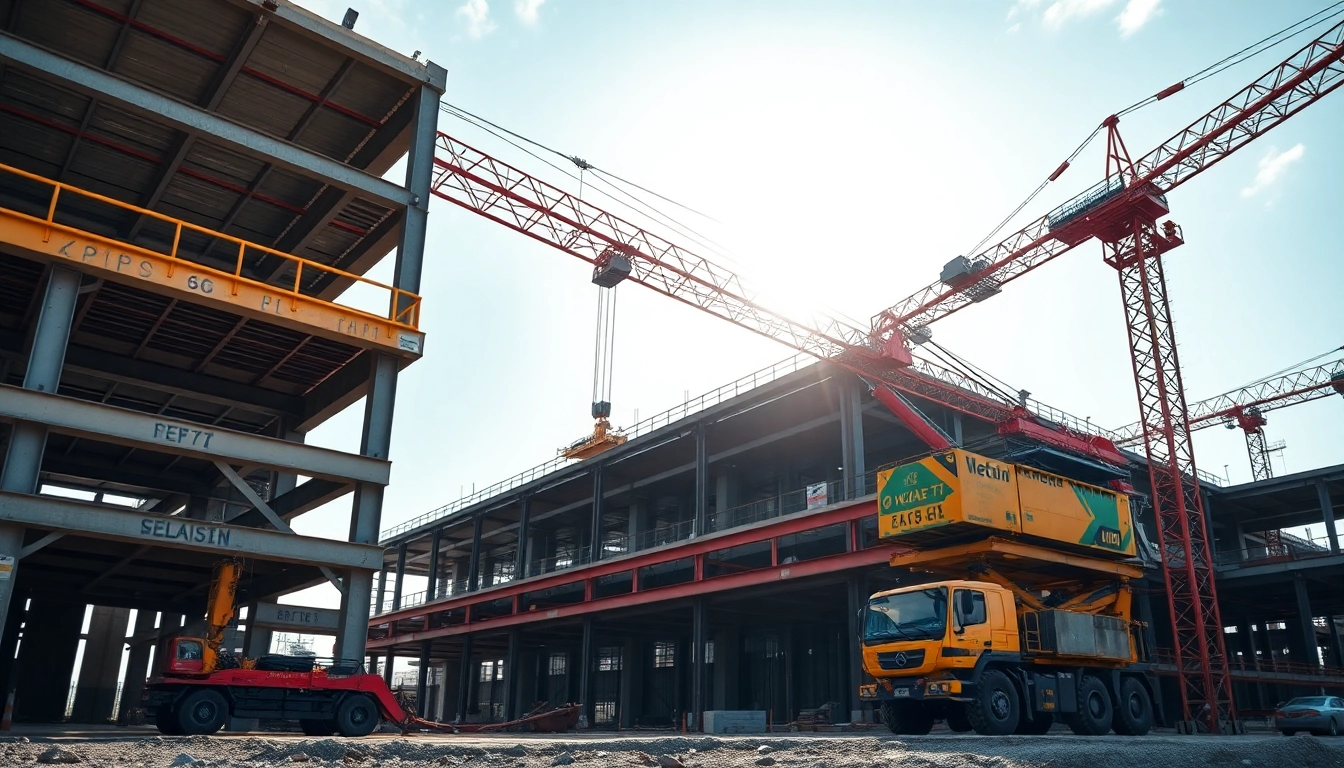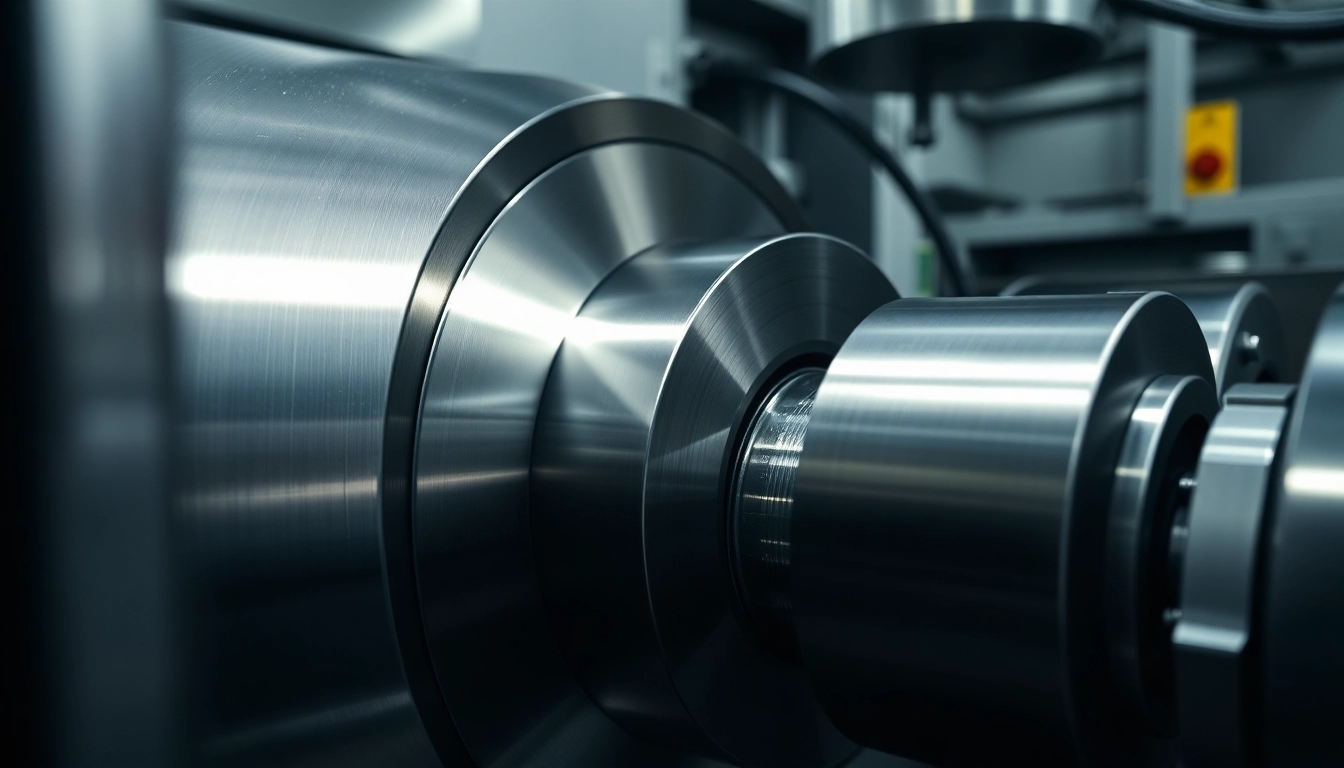Understanding the Fundamentals of Framing in Construction
Framing is the backbone of any building project, serving as the structural skeleton that supports the entire edifice. It provides the shape, support, and stability necessary for safe, durable, and functional structures. Whether constructing a residential home, commercial building, or an intricate architectural masterpiece, the importance of proper framing cannot be overstated. To appreciate its significance fully, it is essential to understand what framing entails, the various methods employed, and how these choices influence the overall success of a construction project.
What Is Structural Framing and Its Importance
Structural framing refers to the process of assembling the primary load-bearing elements that give a building its shape and stability. It includes the framework that supports walls, roofs, floors, and other structural components. The primary purpose of framing is to transfer the load of the building—such as weight, environmental forces, and occupancy pressure—safely to the foundation. Without a robust framing system, a structure risks failures such as sagging, cracks, or even catastrophic collapse.
Proper framing ensures that the building can withstand various stresses over its lifespan. It also facilitates the installation of essential systems like electrical wiring, plumbing, and insulation, making it a critical phase in the construction process. Investing in high-quality framing materials and techniques directly correlates with increased safety, longevity, and performance of the building.
Types of Framing Methods Used in Building Projects
Building professionals employ several framing techniques, each suited to different types of structures, budgets, and aesthetic goals. The most common methods include:
- Platform Framing: Also known as western framing, this is the most prevalent method in residential construction. It involves building each story on a separate platform that supports the framing of the next level. This approach simplifies construction, allows for easier inspection, and provides good insulation and fire resistance.
- Balloon Framing: Less common today, balloon framing entails constructing the exterior walls with long, continuous studs that run from the foundation to the roof. This method was popular historically but is now largely replaced due to its labor intensity and fire safety concerns.
- Timber Framing: An ancient technique using large timber beams joined with traditional joinery methods like mortise and tenon. Timber framing provides aesthetic appeal and exceptional strength, suitable for barns, historic restorations, and high-end homes.
- Steel Framing: Increasingly popular in commercial and industrial construction, steel framing offers superior strength-to-weight ratio, durability, and resistance to pests and pests. It allows for larger spans and innovative architectural designs.
Choosing the appropriate method depends on project specifications, material availability, cost considerations, and desired aesthetic. Modern combinations of techniques are also common for optimized performance and efficiency.
Common Materials Used for Framing and Their Advantages
Selecting the right materials for framing is fundamental to ensuring structural integrity and longevity. The primary options include:
- Wood: The traditional choice for residential framing, wood is easily accessible, cost-effective, and straightforward to work with. Advances in engineered wood products like LVL (Laminated Veneer Lumber) and I-joists have enhanced strength and stability while allowing for longer spans and reduced waste.
- Steel: Known for its durability, uniformity, and high load-bearing capacity, steel is preferred in commercial, high-rise, and special structures requiring fire resistance and precise fabrication.
- Concrete: Used in combination with steel reinforcements, concrete framing provides exceptional strength, fire resistance, and resistance to pests and decay. It’s often used in industrial buildings, foundations, and in hybrid systems.
Each material offers unique advantages. Wood remains the most versatile for small to medium projects, while steel and concrete provide options for larger, more complex structures requiring higher performance standards. Cost, environmental considerations, and local building codes also influence material selection.
Selecting the Optimal Framing Techniques and Materials
Factors Influencing Material Selection
Material choice hinges on multiple factors, including:
- Budget: Budget constraints often influence the selection of more economical materials like wood or engineered lumber versus steel or concrete, which may entail higher initial costs but offer longer-term savings due to durability.
- Structural Requirements: The load capacity and span lengths influence whether lightweight wood, steel, or concrete is appropriate.
- Environmental Conditions: Exposure to moisture, pests, or temperature extremes demands materials with suitable resistance, such as treated lumber or steel.
- Building Codes and Regulations: Local laws may impose restrictions or requirements that affect material and method choices.
- Sustainability Goals: Eco-friendly designs favor reclaimed or sustainably sourced wood, recycled steel, or green concrete options.
Evaluating these factors thoroughly during planning ensures the selection of materials and methods that maximize safety, efficiency, and compliance.
How to Select the Most Suitable Framing Method for Your Project
Choosing the right framing system involves a structured assessment process:
- Define Project Scope: Clarify the building type, size, and intended use. Residential, commercial, or industrial projects have different requirements.
- Assess Design Goals: Architectural style, load requirements, and future expansion plans influence framing choices.
- Consult Building Codes: Review local standards to ensure compliance with safety, fire resistance, and insulation requirements.
- Evaluate Material Availability: Availability and lead times can impact project timelines and costs.
- Consider Cost-Benefit Analysis: Account for initial costs, durability, maintenance, and potential for future modifications.
- Engage Expertise: Collaborate with structural engineers or experienced contractors to recommend suitable methods based on technical data and practical experience.
This comprehensive approach helps in selecting a framing technique that aligns with project objectives, budget, and safety standards, ensuring a successful build.
Cost and Durability Considerations in Framing
One of the most critical aspects of framing decision-making involves balancing initial investment with long-term durability. While cheaper materials like untreated wood may reduce upfront costs, they might incur higher maintenance expenses or frame failures over time. Conversely, more durable materials like steel or engineered wood often entail higher initial costs but provide advantages such as resistance to pests, rot, and fire.
Proactive analysis using data-driven methodologies—such as life-cycle cost assessments—enables stakeholders to make informed choices. For instance, in regions prone to termite infestations or moisture issues, steel framing may prevent costly repairs in the future. Similarly, selecting fire-resistant materials can reduce insurance premiums and meet strict safety standards.
Best Practices for Effective Framing Installation
Step-by-Step Framing Process for Beginners and Professionals
Achieving high-quality framing requires a systematic approach. The typical process includes:
- Site Preparation: Clear and level the foundation, set out the framing layout precisely according to architectural plans.
- Foundation Inspection: Ensure the concrete slab or basement is solid, level, and free of defects.
- Wall Framing: Assemble wall panels or frame individual walls on the ground, then lift into position, securing them with nails or screws.
- Floor and Roof Framing: Install floor joists and beams, followed by roof trusses or rafters, ensuring alignment and stability.
- Bracing and Reinforcements: Add temporary and permanent bracing to maintain structural integrity during construction while addressing any lateral loads or seismic considerations.
- Inspection and Adjustments: Conduct thorough checks for plumb, level, and alignment standards once the framing is complete, making necessary adjustments before proceeding.
Following each step meticulously minimizes errors, improves safety, and enhances the overall quality of the frame.
Tools and Equipment Every Framer Should Use
Efficient and precise framing relies on the right tools. Essential equipment includes:
- Measuring Devices: Tape measures, laser levels, and chalk lines for accurate layout.
- Cutting Tools: Circular saws, miter saws, and hand saws for clean, accurate cuts.
- Fastening Tools: Pneumatic nail guns, screw guns, and hammers.
- Lifting Devices: Bolster jacks, cranes, or lifts for handling heavy beams or panels.
- Safety Equipment: Helmets, gloves, proper footwear, and fall protection systems.
Investing in high-quality tools increases productivity and safety, reducing the likelihood of errors and accidents.
Common Mistakes to Avoid in Framing
Despite best intentions, framing projects can encounter pitfalls that compromise quality. Common mistakes include:
- Incorrect Measurements: Leading to misaligned walls and structural weaknesses.
- Improper Fastening: Using the wrong nails or screws, or incorrect spacing, that weaken the frame.
- Failing to Follow Plans: Deviating from detailed drawings can lead to incompatible components.
- Neglecting Temporary Bracing: Resulting in sway or collapse during construction.
- Ignoring Building Codes: Potentially leading to unsafe structures and legal issues.
Prevention strategies include thorough training, meticulous planning, and regular inspections—integral to successful framing projects.
Emerging Innovations and Trends in Framing Technology
New Materials Improving Structural Integrity
Advances in material science introduce novel options like cross-laminated timber (CLT), which offers the strength and aesthetic appeal of traditional timber but with enhanced stability, fire resistance, and sustainability. Engineered wood products such as glulam beams also enable longer spans and more flexible design options, expanding possibilities in residential and commercial construction.
Eco-Friendly Framing Options and Sustainability
Sustainability is transforming framing practices. Reclaimed wood, recycled steel, and innovative green concrete mixes reduce environmental impact. Techniques like modular construction and prefabrication minimize waste, optimize resource use, and shorten build times, ultimately supporting eco-conscious development.
Smart Framing Solutions for Modern Construction
The integration of smart technology, such as sensors embedded within framing components, allows real-time monitoring of structural health, load distribution, and environmental factors. These innovations facilitate early detection of issues, predictive maintenance, and enhanced safety. Additionally, digital modeling and Building Information Modeling (BIM) streamline design accuracy and coordination among project teams.
How Proper Framing Enhances Building Performance
Impact on Structural Stability and Safety
Effective framing directly affects the building’s capacity to withstand environmental loads such as wind, snow, and seismic activity. Well-constructed frames prevent deformities, reduce the risk of structural failure, and ensure occupant safety. The integrity of the frame is fundamental to passing inspections and achieving certification standards.
Energy Efficiency and Insulation Benefits
Framing influences the thermal envelope of a building. Properly designed and constructed frames facilitate the installation of insulation, reducing heat transfer and lowering energy bills. Continuous, properly sealed framing minimizes thermal bridging, enhancing overall energy performance.
Long-Term Maintenance and Inspection Tips
Maintaining structural integrity involves routine inspections for signs of deterioration, pest infestation, or environmental damage. Regular checks, prompt repairs, and adherence to maintenance protocols prolong the lifespan of the framing system. Upgrading or reinforcing framing elements over time can also adapt to changing structural demands.



